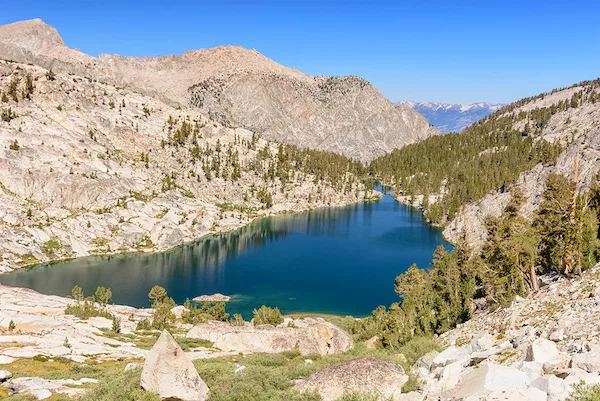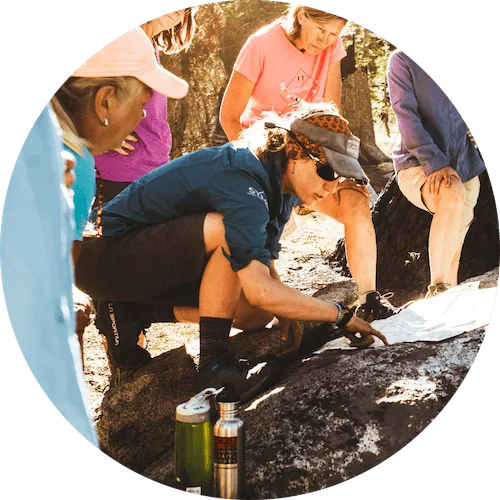
Just because you’re in the backcountry doesn’t mean you can’t enjoy great food. At SYMG, we pride ourselves on cooking amazing food in amazing places and our “Backcountry Gourmet” cuisine has even been acclaimed in Sunset Magazine. Here are a few tips from seasoned (ha ha) John Muir Trail Guide Alex Steiner on backcountry chef-ing.
Many of our guests are surprised when we serve the first backcountry meal and it isn’t mac-and-cheese or something dehydrated in a pouch. While dehydrated foods can occasionally be lighter (keep in mind that you’ll need to pack out all the trash they create), they definitely don’t make the trip any easier. Having nutritious, fresh food provides better nutritional value and arguably creates an all around more enjoyable experience. If you’ve been eating nothing but dehydrated pasta sauce for 4 days, you won’t have quite as much pep-in-your-step as if you’ve been eating sea bass tacos with fresh guacamole.
I’d like to share some tricks-of-the-trade of a creative backcountry pantry.
- First and foremost, be accurate in portioning food. There are certain averages that can be worked with for all sorts of food, and obviously, a group of teenage athletes will probably eat more than my grandparents, so there is some room for flex. That being said, when in doubt, hedge on being a little lighter for a comfortable carry while beefing up more nutritious items such as quinioa.
- Tied to the first point, have calorie-dense snacks or desserts available if people are still hungry after a meal. Things like candied walnuts or cookies go a long way towards filling people up, can be eaten without any preparation, and are great for morale.
- Have at least one fresh food every day, regardless of trip length. This one tip makes every meal something to look forward to. On day 21 of our 23 day John Muir Trail, my co-leader Wilson and I pulled out some green onions, a package of chevre (goat cheese), and some prosciutto (fancy Italian ham) for pizzas – no one could believe that we still had some good, fresh food left in our packs and it brightens everyone’s mood to still see real food.
- Having fresh food is not easy and it needs to be packaged properly to last.
◦ Know the shelf life of your food – i.e., kale will keep much longer than spinach, so eat the spinach first.
◦ Keep things that need to stay cold all together in one stuff sack or bear can. I pack all the cheeses and vegetables in a bear can and put the whole bear can in the refrigerator. Then, when I’m hiking, I put this bear can in the center of my backpack, and always out of the sun. Consider freezing some items as well.
◦ Package things like tomatoes and fragile fruit tightly, but not squished, in hard tupperware-like containers. If there is empty space, stuff it with paper towel.
◦ Certain types of produce such as leafy greens can turn bad fairly quickly without refrigeration. Besides bringing more stable substitutes, another is to wrap the produce in dry paper towel.
Going into the backcountry is an amazing experience, there’s no reason not to have equally amazing food. I’m looking forward to hiking with you all this coming season. Bon appetite!


